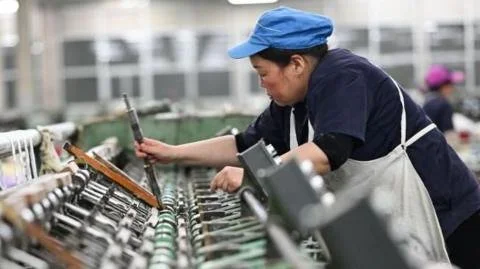China's Economic Strategy: Aiming for 5% Growth Amidst Trade War Challenges
In a bid to combat economic challenges exacerbated by ongoing trade wars with the US, China has set a target for around 5% growth in 2023. This decision came during the pivotal National People’s Congress, where leaders discussed plans to inject billions into the economy facing low consumption, a property crisis, and rising unemployment. The situation intensified following the implementation of US tariffs totaling 20% on Chinese imports, impacting exports—a crucial growth area for China. In response, China has proposed increasing domestic demand as a primary growth driver, committing to stimulating household consumption and issuing special treasury bonds worth approximately $179 billion to support its initiatives.
Chinese Premier Li Qiang acknowledged the sluggishness in consumption and emphasized the need for stronger foundations for a sustainable economic recovery. There’s a plan to allow local governments to increase borrowing to fund projects aimed at job creation and supporting high-tech industries, with a goal of creating over 12 million jobs and maintaining urban unemployment around 5.5% through 2025. However, the government faces hurdles, as consumer confidence has been diminished by past pandemic restrictions and a real estate crisis, causing citizens to prioritize savings over spending.
To bolster high-tech development while navigating global protectionism, China intends to define its competitive edge in areas like renewable energy and AI, with recent achievements drawing attention from foreign investors. Despite an optimistic outlook from China’s leadership on economic fundamentals, experts warn that persistent tariffs may stifle growth by hindering both export activities and overall investor sentiment. Meanwhile, China’s defense budget is set to rise by 7.2%, underscoring the multi-faceted economic approach being employed amidst these turbulent times.

